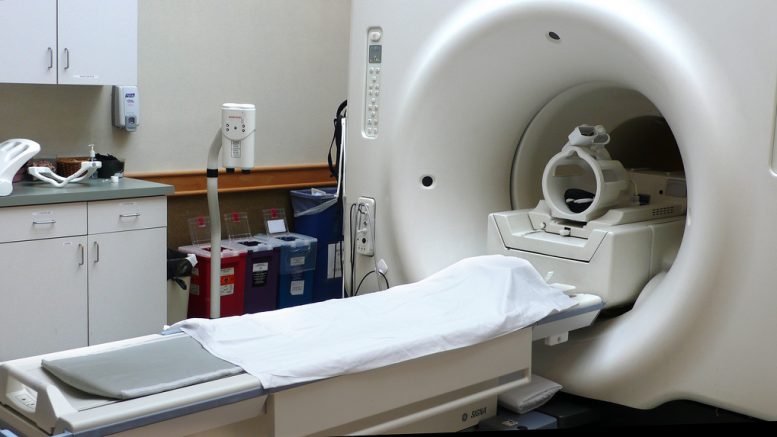Using contrasting agents before an MRI is a common practice for many oncologists. Now, European medical officials have determined that the practice of using these agents, or dyes, might be bad for the brain.
Recommendations conclude EMA’s scientific review of gadolinium deposition in brain and other tissues
The European Medicines Agency (EMA) has concluded its review of gadolinium contrast agents, confirming recommendations to restrict the use of some linear gadolinium agents used in MRI body scans and suspend the authorisations of others.
The recommendations – confirmed by EMA’s Committee for Medicinal Products for Human Use (CHMP) – follow a review that found that gadolinium deposition occurs in brain tissues following use of gadolinium contrast agents.
There is currently no evidence that gadolinium deposition in the brain has caused any harm to patients; however EMA has recommended restrictions for some intravenous linear agents in order to prevent any risks that could potentially be associated with gadolinium brain deposition.
This isn’t the first time these contrasting agents have come under scrutiny. Here’s a study back from 2008 which shows gadolinium deposition as related to nephrogenic systemic fibrosis.
Data from case series reports, NSF patient databases, NSF case reporting to the Federal Drug Administration (FDA) after gadolinium contrast agent exposure, and retrospective case-control studies suggest a strong association between the use of gadolinium based MRI contrast agents and the subsequent development of NSF in patients with renal disease.
Are doctors over-prescribing the contrasting agents? Do doctors even know this is a huge problem?



Be the first to comment on "Europe Restricts MRI Contrasting Agents Due To Brain Dangers"